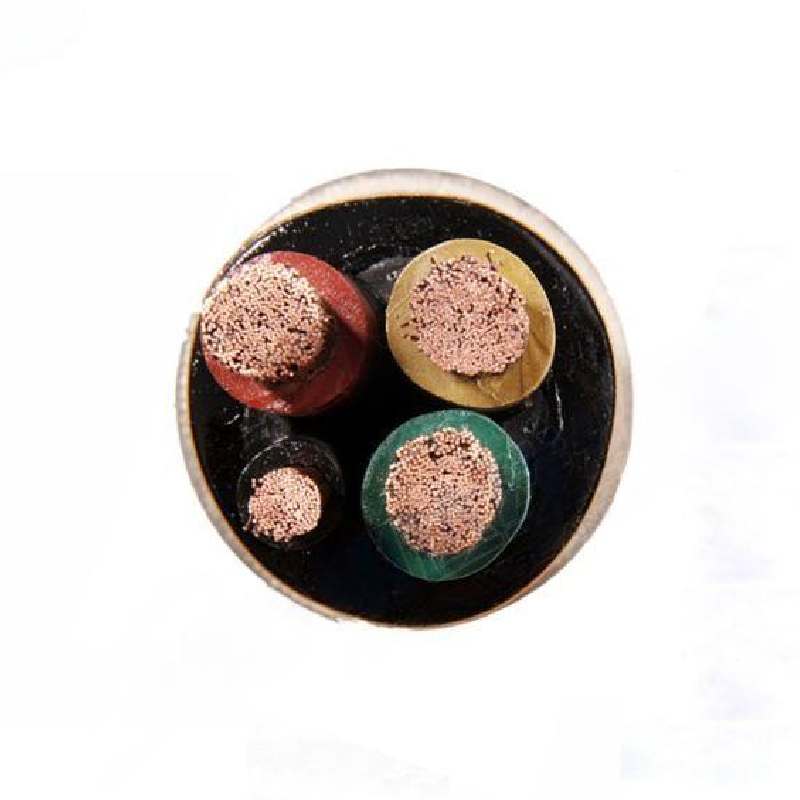നവം . 15, 2024 06:14 Back to list
three way air valve
Understanding Three-Way Air Valves The Versatile Solution for Fluid Control
In the realm of fluid control, valves play a critical role in managing the flow of liquids and gases across various applications, from industrial processes to everyday machinery. Among these, the three-way air valve is a particularly versatile and valuable component, allowing for efficient management of air flow in numerous systems. This article explores the functionality, types, benefits, and applications of three-way air valves, providing a comprehensive overview of their significance in engineering and manufacturing.
What is a Three-Way Air Valve?
A three-way air valve, as the name suggests, features three ports that can direct the flow of air to different pathways. This design allows the valve to function in various positions, enabling it to either distribute air between two outlets or redirect incoming air depending on the application’s needs. Typically, these valves operate using various actuation methods—such as pneumatic, electric, or manual—allowing for versatile operation depending on the requirements of the system it is integrated into.
Types of Three-Way Air Valves
Three-way air valves come in several designs based on their operation and the way they manage air flow. The most common types include
1. Common Port Valves These valves have one port that acts as the inlet, while the other two ports serve as outlets. Depending on the valve position, air is directed to one of the outlets, allowing for efficient selection of flow paths.
2. Diverter Valves These valves are designed to reroute air from one outlet to another. They are valuable in systems requiring precise control over the distribution of air to various components, such as in pneumatic control systems.
3. Mixing Valves Unlike diverter valves, mixing valves combine air from two sources into one output. This is particularly useful in HVAC systems where mixing of air streams can help maintain specific temperature or pressure requirements.
Benefits of Using Three-Way Air Valves
The adoption of three-way air valves offers numerous advantages, making them preferable in various applications
- Flexibility The ability to change the direction of air flow at the touch of a button or through an automated system provides significant flexibility in managing air delivery across a network of ports.
three way air valve

- Space Efficiency By consolidating two functions into one valve, three-way air valves save space and reduce the complexity of piping systems, simplifying maintenance and installation processes.
- Cost-Effectiveness Utilizing a three-way air valve can be more cost-effective than installing multiple single-function valves. This reduction in components also lowers the risk of leaks and maintenance overhead.
- Enhanced Control These valves provide better control over pneumatic systems, allowing operators to make adjustments more swiftly and efficiently, which is crucial in applications that demand precision.
Applications of Three-Way Air Valves
The versatility of three-way air valves means they are utilized across a wide range of industries and applications. Some notable examples include
- Pneumatic Automation In manufacturing, three-way air valves are integral to controlling pneumatic actuators that power machinery. This allows for automated operations in assembly lines and robotic processes.
- HVAC Systems They are widely used in heating, ventilation, and air conditioning systems to help mix, divert, and distribute air within a network, ensuring efficient climate control.
- Medical Equipment In medical applications, precise air flow control is crucial. Three-way air valves are used in devices such as ventilators and anesthesia machines to manage air delivery effectively.
- Agricultural Systems Irrigation and misting systems utilize these valves to regulate water spray distributed through air, optimizing water delivery in agricultural practices.
Conclusion
Three-way air valves are essential components in modern fluid control systems, offering flexibility, efficiency, and cost savings across various industries. Their ability to manage air flow in multiple ways enhances the functionality of pneumatic systems, contributing to smoother operations and improved performance. As technology advances, the role of three-way air valves will continue to expand, integrating with more sophisticated automation and control systems, solidifying their place as critical elements in engineering and manufacturing. Understanding their design and application not only empowers engineers and technicians but also encourages the development of innovative solutions in fluid management.
Share
-
Reliable Wafer Type Butterfly Valves for Every IndustryNewsJul.25,2025
-
Reliable Flow Control Begins with the Right Ball Check ValveNewsJul.25,2025
-
Precision Flow Control Starts with Quality ValvesNewsJul.25,2025
-
Industrial Flow Control ReliabilityNewsJul.25,2025
-
Engineered for Efficiency Gate Valves That Power Industrial PerformanceNewsJul.25,2025
-
Empowering Infrastructure Through Quality ManufacturingNewsJul.25,2025